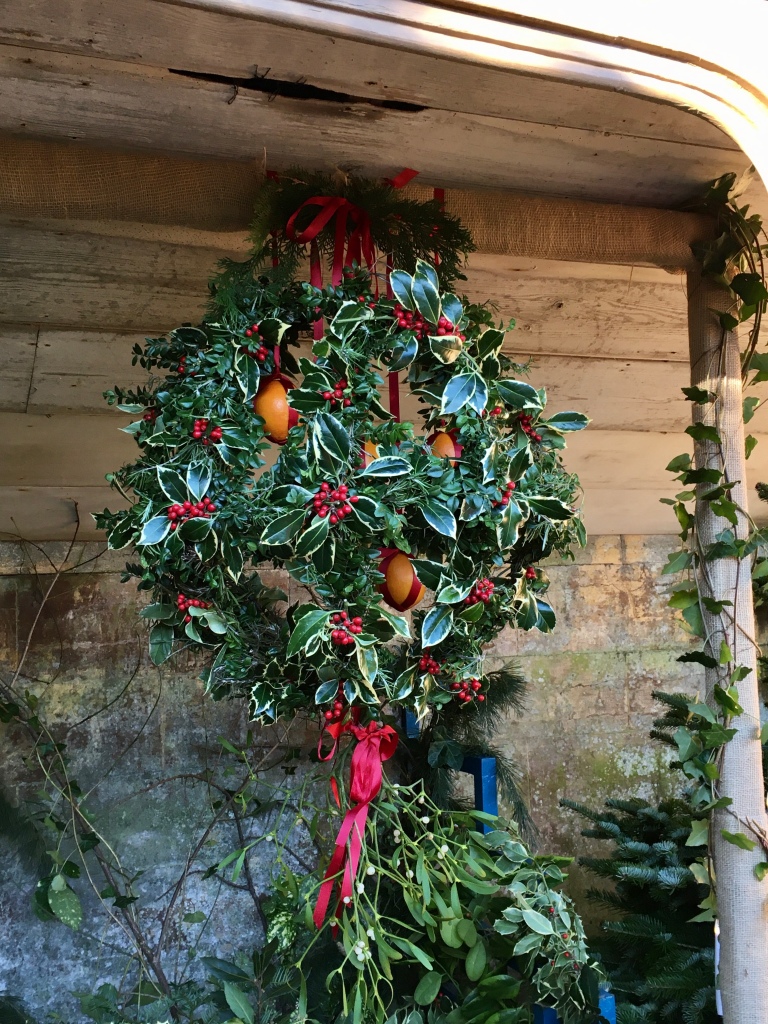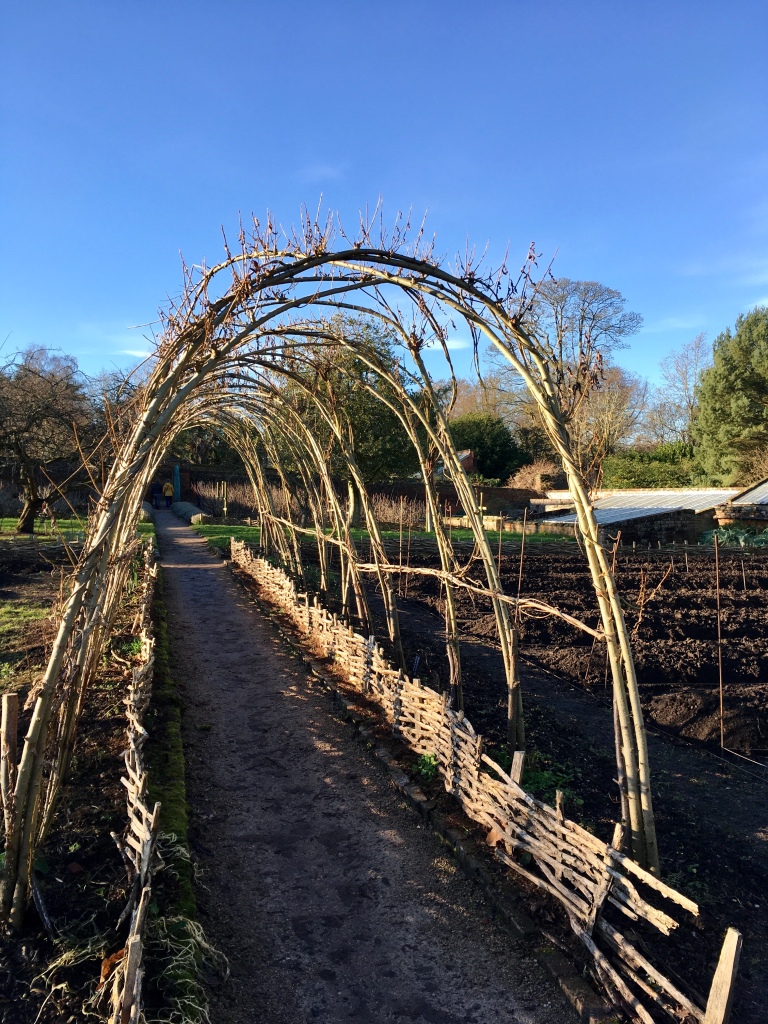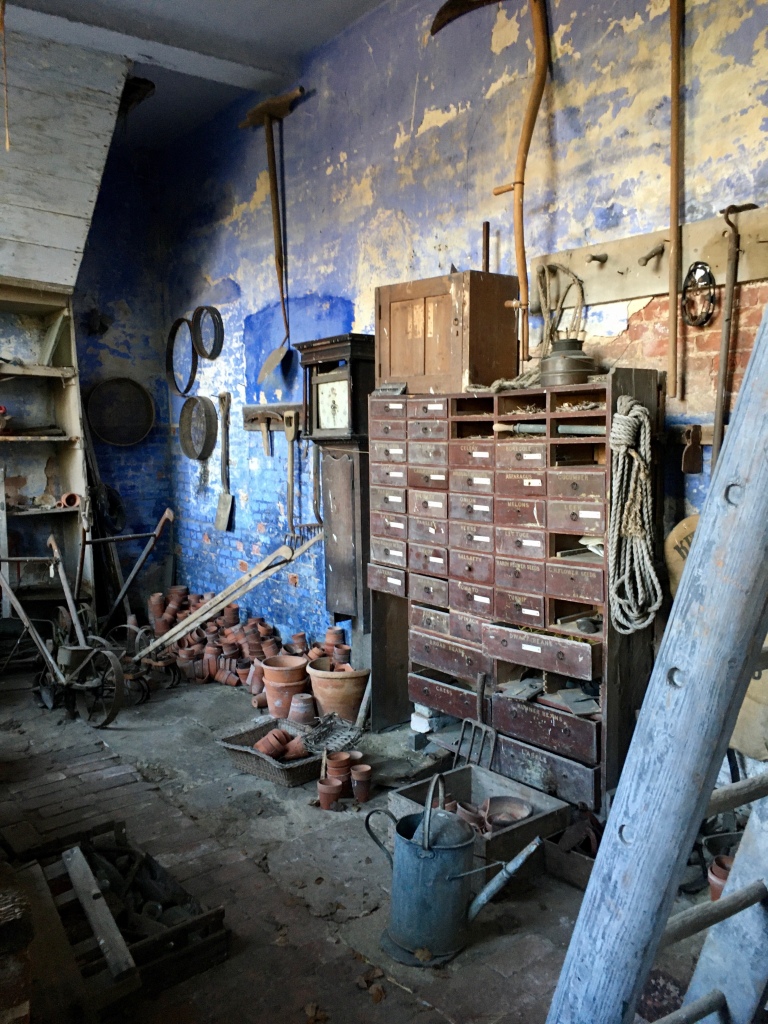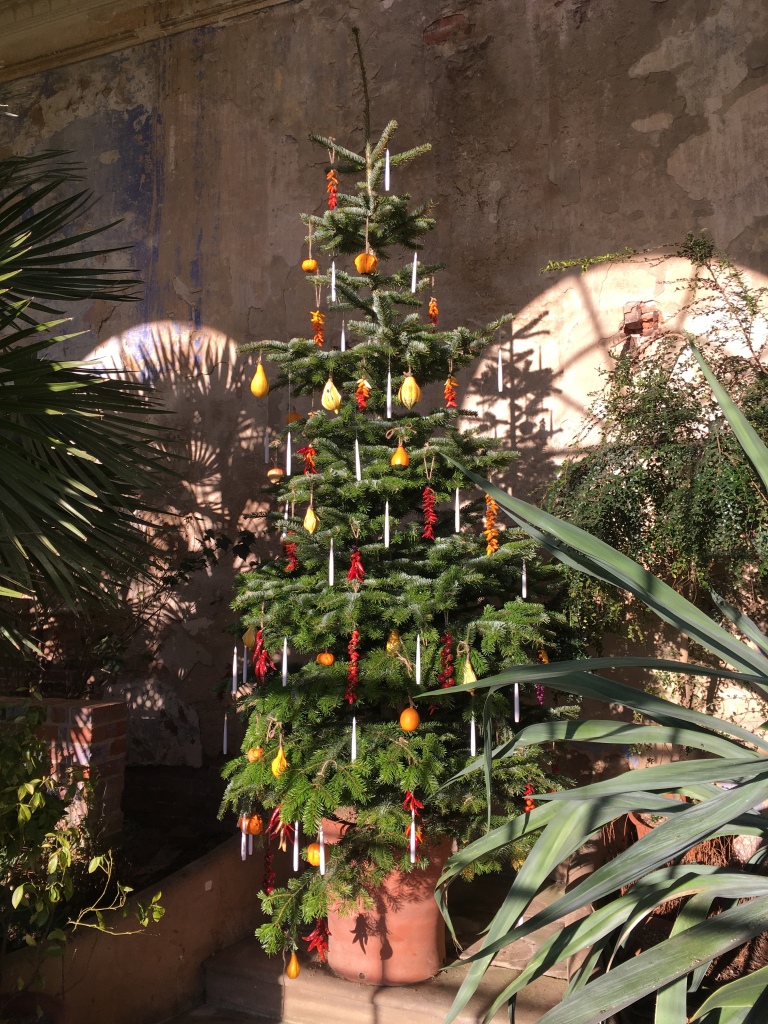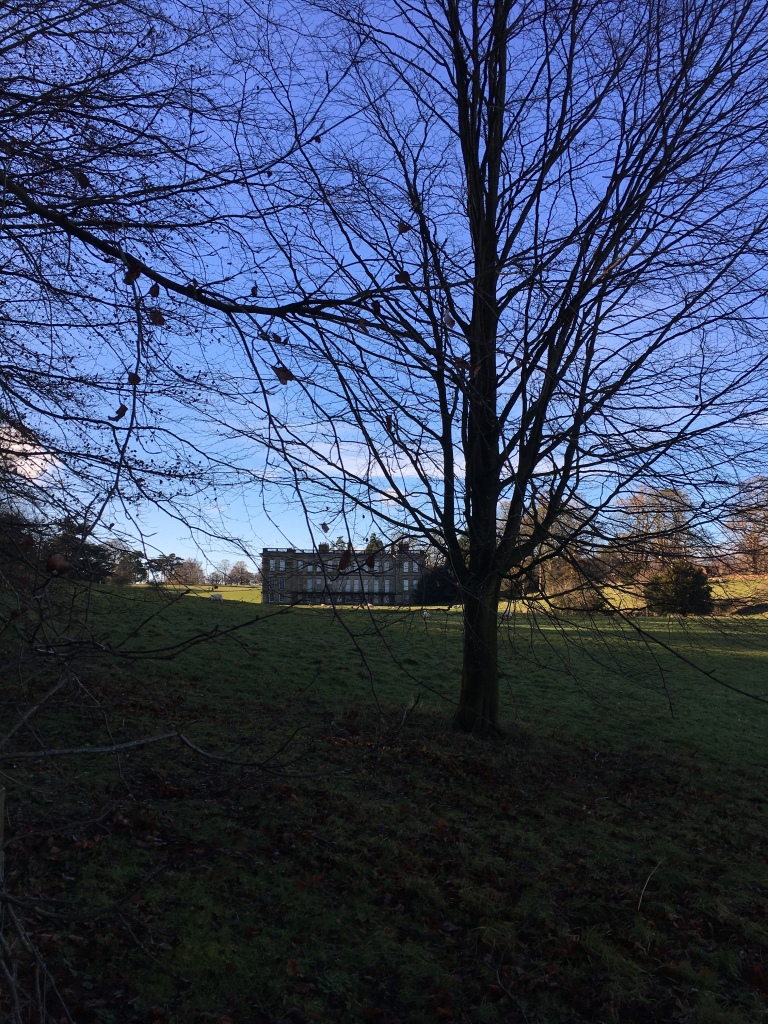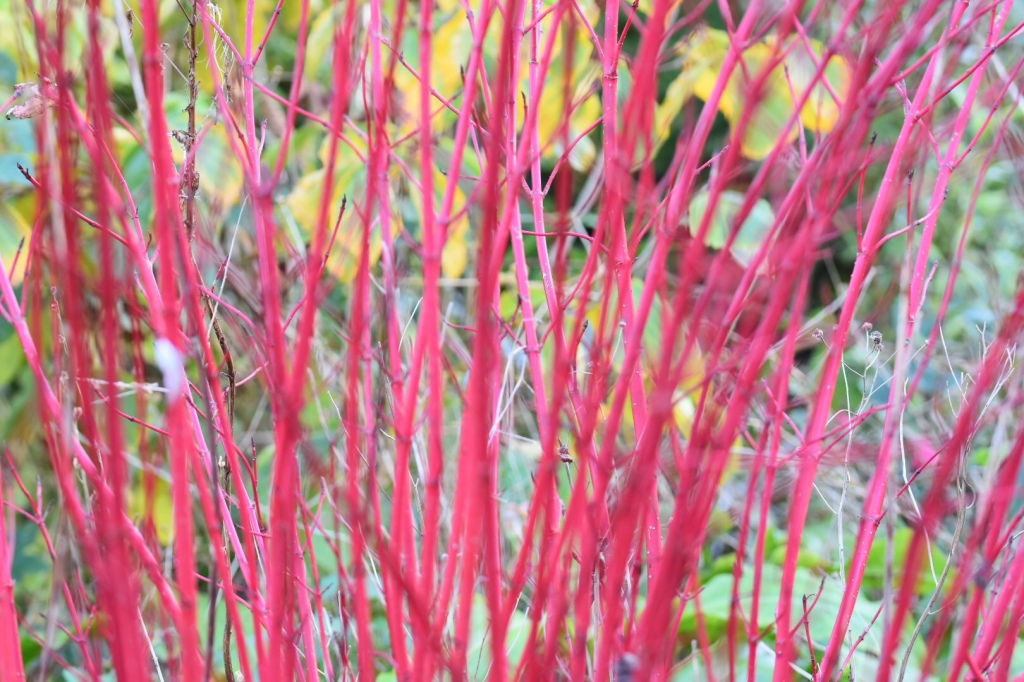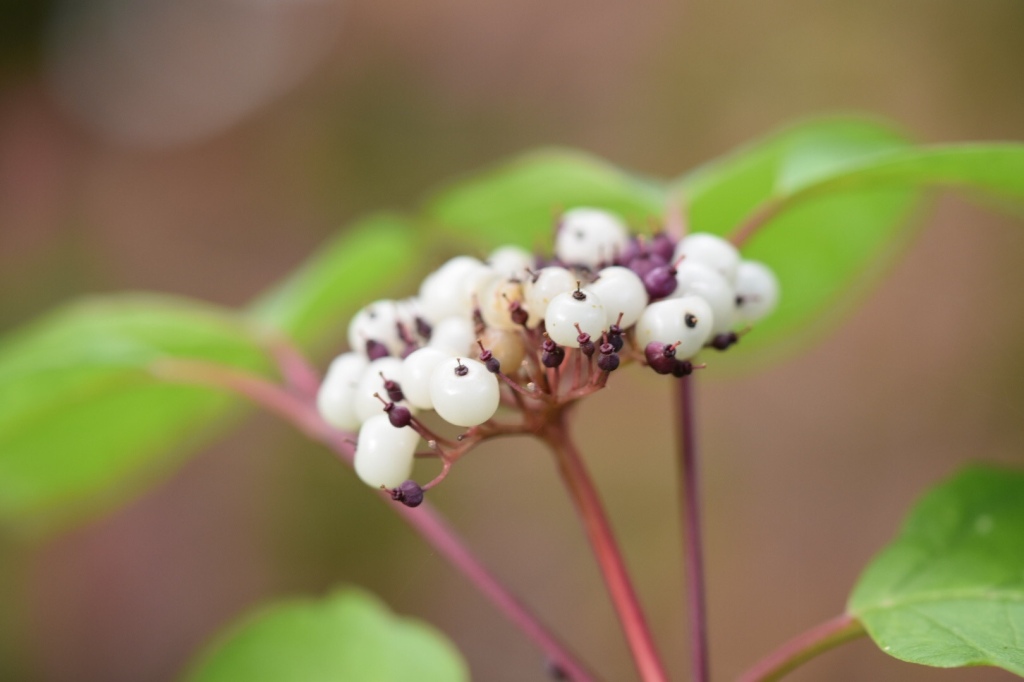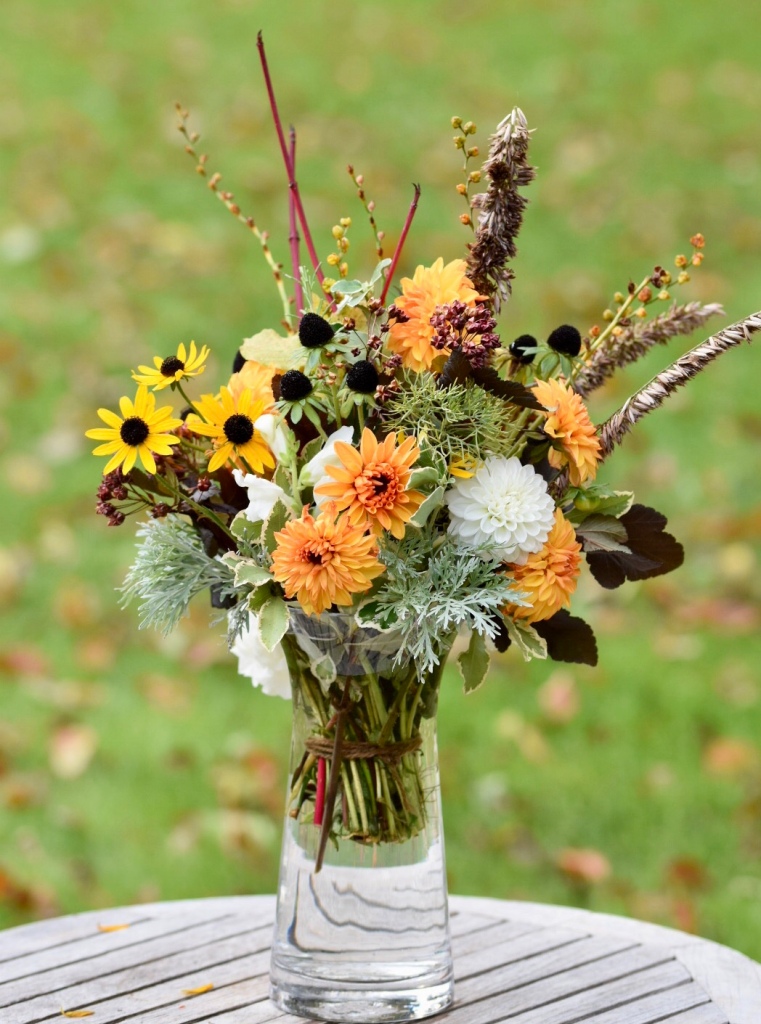
We’ve had a very mild and extremely wet autumn, but flowers continued to bloom right through until the last week of November. This week’s ‘flowers in a vase’ were picked then, to take to my mum, but never made it as I caught a really bad cold. Mum must not catch any infections, so I stayed at home and sent photos of the flowers instead. It’s not quite the same, but I dare not risk spreading germs, and staying at home was the only option. So although these are a few weeks out of sync, I thought I would share them with you anyway, so you can see how late in the season you can still have flowers to pick from your garden.
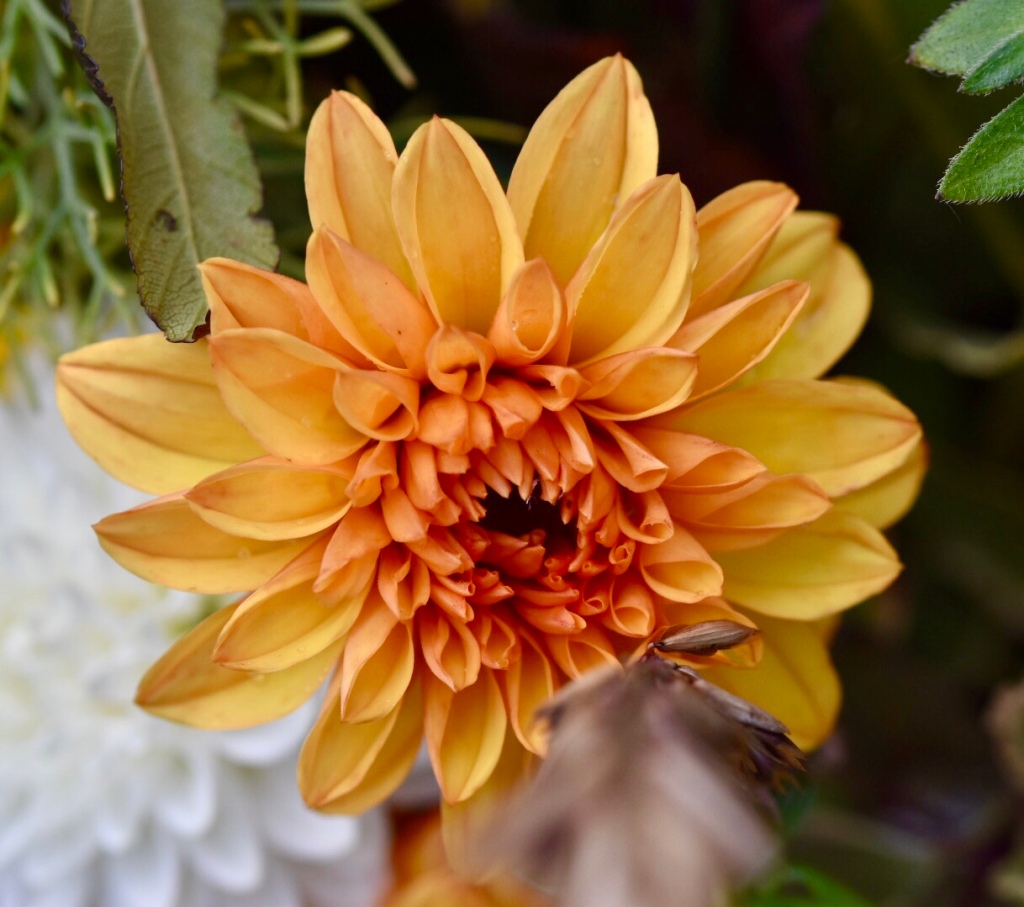
My home-grown posy features my favourite Dahlia David Howard. As the season gets later, the flowers get smaller and smaller, but just as beautiful, and buds will continue to open if they’ve not been too frosted.


While they are not the dinner plate-size blooms of August, a small handful of dahlias will make a colourful arrangement. Also growing amongst the dahlias is perennial rudbeckia Goldsturm and white Antirrhinum Royal Bride. These fill the gaps between the dahlias and come back every year.
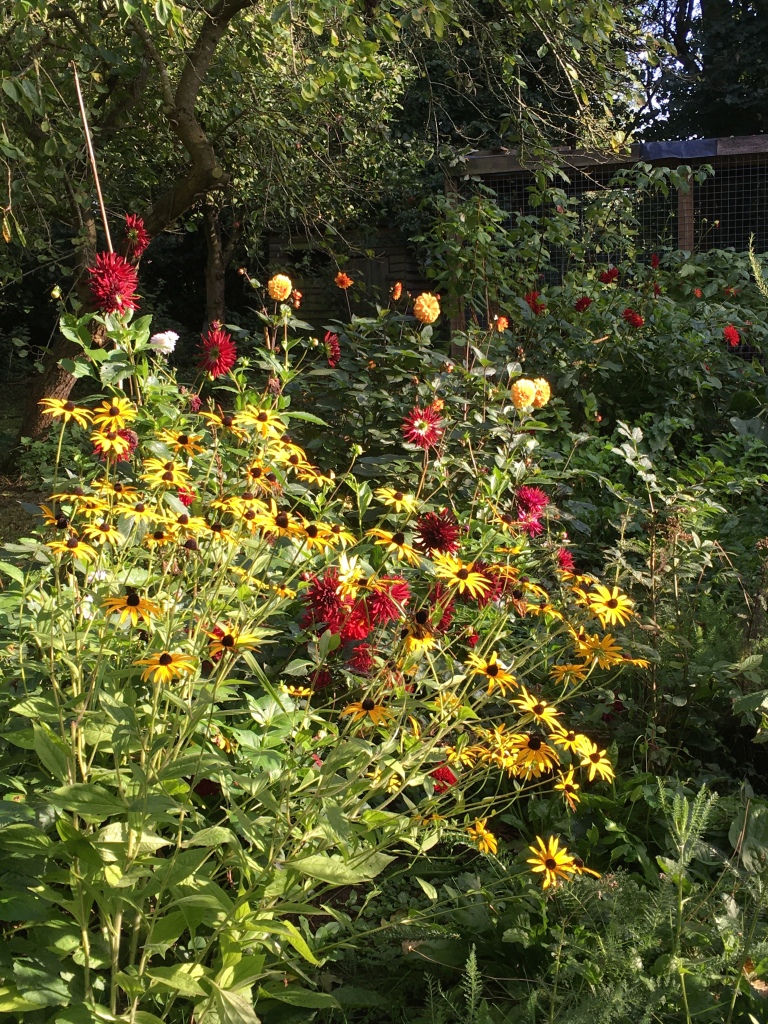

I pick some of the rudbeckia seed heads. They may not have petals, but the glossy black bobble heads add another element to the bouquet, and in November when material is scare you can’t be too fussy.

I love the bronze shiny leaves of Physocarpus Diabolo. Another good shrub to grow as the foliage stays on the plant until early December and comes back into leaf in early spring.

Physocarpus flowers are a pretty addition, but the real glory of the plant is the jewel-like seed heads which can be picked and dried for winter use. They remind me of pomegranate seeds and are perfect for Christmas decorations.

I use a lot of herbs in my bouquets; lavender, sage, rosemary, thyme, and this lovely lemon-scented herb which I’ve forgotten the name of….. perhaps someone out there knows what it is called. I have it growing along the front garden path and I run my fingers through it every time I walk to the front door. It grew from a cutting from my mum’s garden and of course, I think of her every time I see it.

Other foliage I use all the time is Artemisia Powis Castle, and very similar Senecio Viravira. The artemisia flops if it’s not plunged up to its neck in cold water over night, but the senecio is trouble free and probably my favourite. Artemisia grows up through the sweetpeas, and the senecio is in pots in the poly tunnel to give me year-round foliage.

Another useful evergreen is pittosporum, I think this one is Silver Queen, growing in a huge half-barrel size pot by the greenhouse. I might actually plant this in the ground over winter as it was hard to keep it watered last summer. It doesn’t seem to mind having a few 6” stems clipped from it every week. The white and pink edge to the leaf seems to go with any flower combination you can think of.

Eucalyptus grows enormous, but regular trimming for my cut flowers keeps it under control. If I have any surplus I give it to the village florists who is always grateful for spare foliage.

I’ve mentioned rosemary already. I have the popular Miss Jessup upright form, and this gorgeous more tender weeping form. I’m planning to wrap this with a few layers of horticultural fleece this winter to protect both plant and very precious Italian pot. I’ve lost a lot of terracotta pots over the last few winters, ones that were 20 or 30 years old. The incessant rain followed by freezing temperatures caused them to crack. I’ll make sure pots are standing on slivers of slate so they drain well and don’t freeze to paving slabs.

Speaking of winter, this is where my dahlias are now, cut down and cosy under a mulch of dried leaves and compost. The cloches will help to keep the worst of the rain and frost off the tubers. I haven’t got enough space to store tubers frost free, and anyway, the mice nibbled them in the potting shed last winter. So I’m taking a chance and leaving them in the ground. Fingers crossed they survive and come back to provide lots of cut flowers for my mum next summer.

Daphne’s offspring is on slug patrol, meanwhile. Slugs being the main worry when the new shoots emerge next spring.

When all that work was complete covering up the dahlia beds, I stood at the top of the garden, leaning on the five-bar gate, and admired this favourite tree. It holds its leaves until mid December, when suddenly the wind blows and there are puddles of gold spread across the field. A gorgeous sight I never tire of. Thank you for reading my blog. Happy gardening!
Please leave a comment in the box below and sign up for e mail notifications for more blog posts.
And check out Cathy’s ‘In A Vase on Monday’ where gardeners all over the world share what they are growing and arranging in their vases each week.
